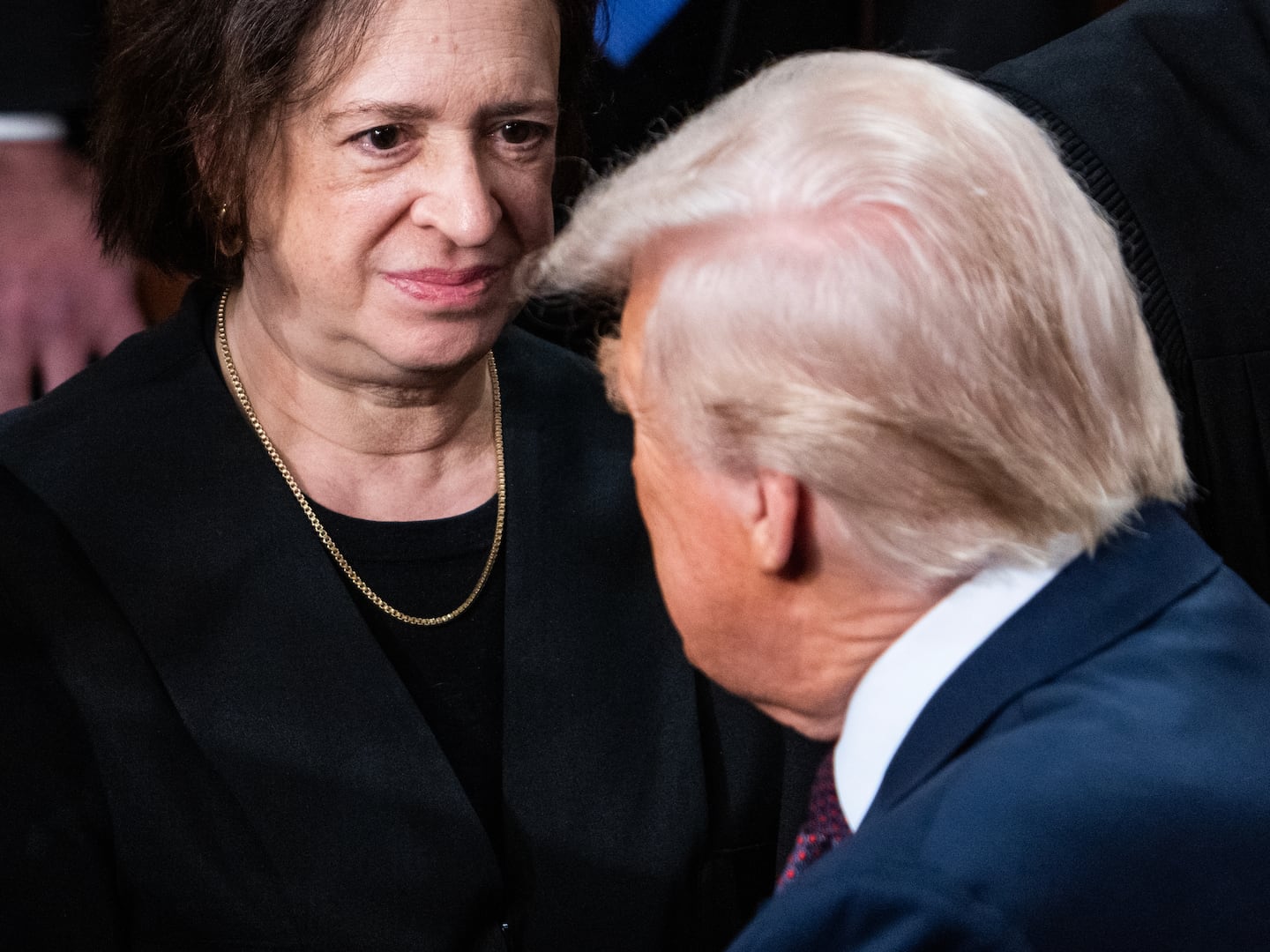It was a football program dubbed the “Greatest Show on Earth”—a display of scholastic pride that could move even the most cynical observer. The thumping music, the white T-shirts blanketing the stands, the jumping cheer that shook the stadium’s concrete foundation—when the Nittany Lions would play those home games, seven or eight times a year, it was a show so awesome it required a show-runner to orchestrate it.
But the power of Penn State football extended far beyond its beloved Beaver Stadium (which happens to be the second-largest stadium in the country)—a point made painfully clear in the wake of the Jerry Sandusky sex abuse scandal. Without football, Penn State would not have become the powerhouse it currently is. And without Penn State, Pennsylvania—and in particular, the town of State College (pop: 38,000)—would be facing a very different economic situation. Penn State contributes more to the state’s economy than any other industry, according to a 2008 economic report from Pittsburgh-based consulting firm Tripp Umbach. For every home game the Nittany Lions play, an estimated $59 million is pumped into the local economy.

“Were it not for Penn State, [this] would be a farming town with no more than 4,000 people,” says Jim Bryant, a local attorney.
As the saying goes, athletics represent the front porch of a university—the necessary lure to bring in high-achieving students, donations and grants, and educational programs. In Penn State’s case, football was the vehicle through which the university—founded in 1855 as a publicly-supported agricultural institution—became one of the top public schools, ranked among the 50 best institutions in the country, according to US News and World Report.
As Ed Rendell, the former Pennsylvania governor, tells The Daily Beast: “They dominate a lot of different fields throughout the state, and so as a result, they come with the attitude that ‘they’re Penn State,’ and you need them.”
From the big—football god Joe Paterno is said to have raised millions of dollars for the university himself, and Penn State has fostered what is now the world’s largest dues-paying alumni association—to the smaller—“Peachy Paterno” is the most popular ice cream flavor at the on-campus creamery—Penn State football drove the economy of central Pennsylvania, and was one of the few football programs to turn a profit.
In the 2009 to 2010 season, Penn State football netted the school $50 million, making it the third most profitable football program after the University of Texas ($68 million) and the University of Georgia ($52 million), according to the Business of College Sports, a site started by ESPN reporter Kristi Dosh.
For many Pennsylvanians, the aspiration to be part of the State College family started young. In a recent journalism course on campus, a student described being born at the local Mount Nittany Lion hospital—and literally being wrapped in a blue-and-white blanket. (Those are the school colors.) For children, dressing up as Joe Paterno for Halloween—cuffed khaki pants, glasses, his signature jacket—was a rite of passage. Teen sports leagues refused to put their names on the backs of their jerseys—as was Joe Pa’s gospel: “It’s the name on the front that matters,” he often said, referring to the team.
Later, those same Penn State disciples became traveling fans, or even players. While the average small-town state football game brings in between $2 and $3 million to the local economy, according Robert Baade, an economist at Lake Forest College who studies athletics, a Penn State home game delivers $59 million to the State College area that surrounds the school, according to a separate report. College-branded merchandise alone accounts for roughly $80 million annually, according to one analyst--though it appears such income is under increased threat. “They’re up there,” says Baade, when asked where Penn State ranks among other institutions.
This was part of what enabled Paterno and his acolytes at Penn State to perennially behave as if they were entitled. “You didn’t question anything,” says Bryant, “because when pushed, what you heard back from them was ‘We are Penn State. We are the biggest employer in a quasi company town. We’ve got hotels, bookstores, catering businesses.... They had tremendous sway.”
It’s an attitude that surely contributed to the gulag-like secrecy within the university, and a climate in which football was king. On a campus that was three hours from the closest major city, nestled in the Pennsylvania hinterlands, that attitude—and intense school pride—was almost religious. There was not much else for locals to engage with.
It also unquestionably made the institution a better place academically. The team’s designation into the Big 10, in the early 1990s, meant admission to the elite Committee on Institutional Cooperation, an academic consortium. According to the Patriot News, Paterno and his wife, Sue, donated more than $4 million to the university over the years, for scholarships, endowed faculty positions and even building projects, including the Paterno Library on campus.
“Fundraising is a lot like recruiting,” Paterno once said. “Sooner or later, you gotta ask the kid, ‘Are you coming or aren’t you?’”
In 2006, the year after Penn State won the Orange Bowl, the school’s enrollment rates were among the highest in the institution’s history. Freshman were offered extra meal points to live at home, and double rooms were turned into suites, according to the Daily Collegian, the campus newspaper.
And for all the other ethical questions about Paterno that have come to light, he had a squeaky-clean image for putting academics high on the priority list. He is one of very few (if any) coaches to have remained a tenured professor. He would bench players for skipping class or earning poor grades. And ultimately, Penn State graduates have gone on to fill various power roles—and are spread out all over the state: a large majority of Penn State’s top-level administration are alumni; so are at least 28 members of the state legislature.
“If it wasn’t for football, this place would be like all of the other state schools,” says Malcolm Moran, the director of Penn State's center for sports journalism, and a former sports reporter for the New York Times. “It meant grant money, library expansions, higher enrollment. It was the vehicle to get people here.”







